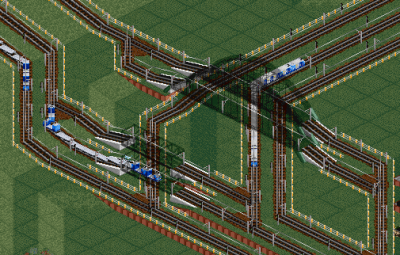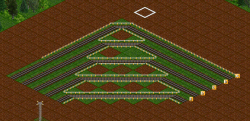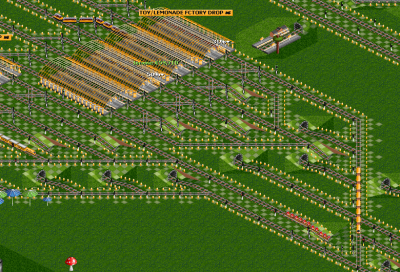Big hubs in a nutshell – finding a universal hub design
Recently I started playing a game on my own, featuring some LL-RR main network. When I had to build my first ever 4-way hub for double tracks, I first took a look at the Junctionary just to find out that all hubs were designed quite different and hardly any of them follow all necessary rules (curve length, double bridges/tunnels, merge after split). I then started wondering if there’s a universal way of thinking about hubs.
Read the rest of this entry »


